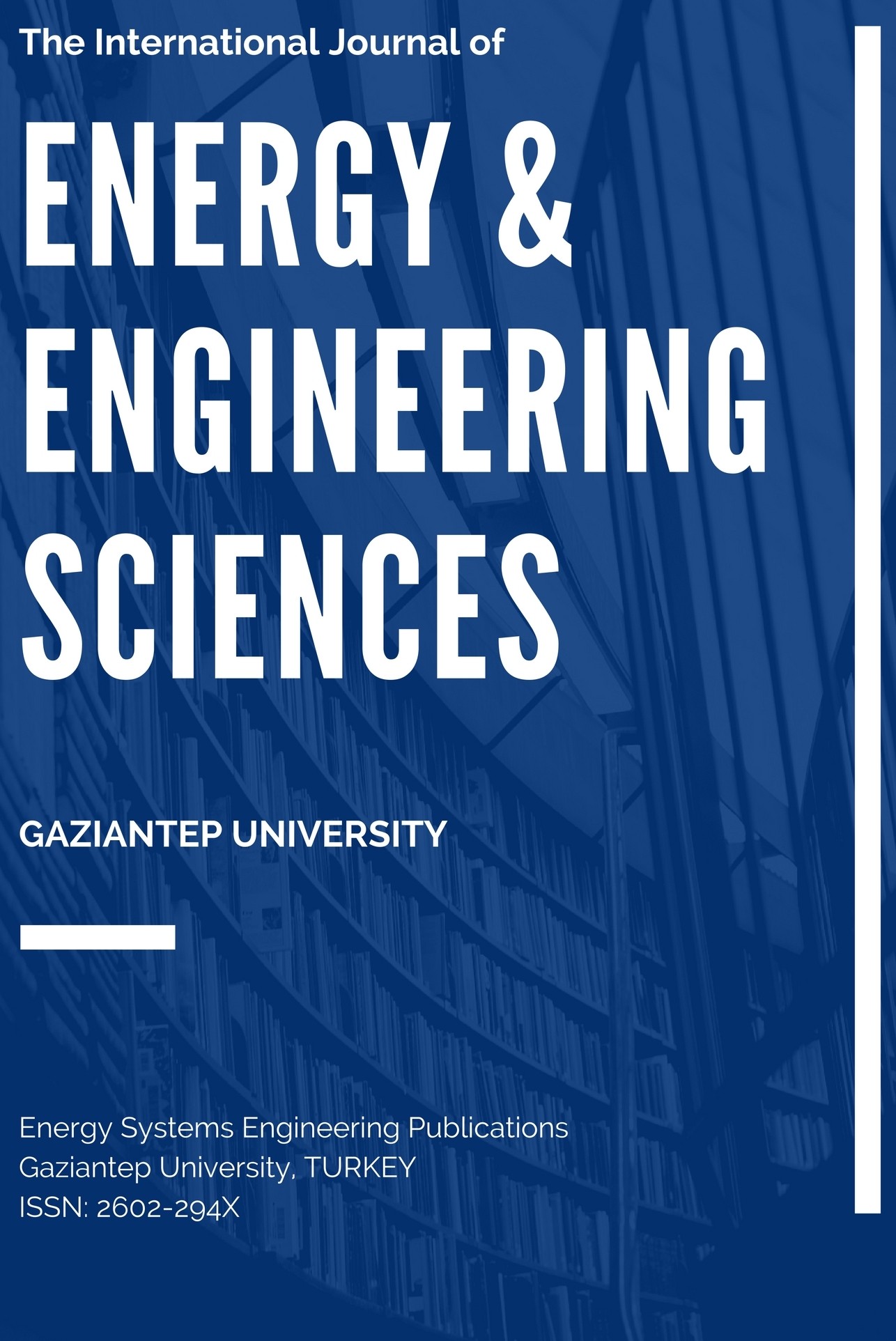OPTIMAL DESIGN OF HIGH PERFORMANCE INTERIOR PM MOTOR FOR ELECTRIC VEHICLE
OPTIMAL DESIGN OF HIGH PERFORMANCE INTERIOR PM MOTOR FOR ELECTRIC VEHICLE
Interior permanent magnet synchronous motors (IPMSMs) are widely used in electric vehicles (EVs) due to their electrical and mechanical characteristics. In addition to the magnetic torque generated by the magnets in the IPMSM motors, a higher torque density is achieved by generating reluctance torque resulting from the inductance variation of the rotor on the d-q axes. Therefore, rotor and magnet geometry have significant effects on the motor performance. In an IPM design, it is often desirable to have maximum torque and flux weakening capability, minimum torque ripple, and low rotor harmonic losses. For this reason, rotor geometry is the most important part that affects the overall performance of the motor. In this study, a 100kW, single layer design V-shape structure IPMSM has been designed. The motor is optimized by considering important geometric data such as rotor geometry, magnet dimensions, bridge and flux barrier. Thus, it is aimed to design an optimum IPM traction motor considering efficiency and cost criteria. Also, the study provides design criteria that can meet low leakage flux and low cogging torque requirements for rotor topologies with V-shaped structures. 2D finite element analyzes have been used to verify the theoretically optimized designs.
Keywords:
Electric vehicle, interior magnet motor flux barrier,
___
- [1] Ehsani M, Gao Y, Gay S. Characterization of electric motor drives for traction applications. In: The 29th Annual Conference of the IEEE Industrial Electronics Society. Roanoke, VA, USA, 2003.
- [2] Ocak C. Design, analysis and application of a new three level brushless dc motor for electric vehicles. Ph. D. Gazi University, Ankara, 2013.
- [3] Zhang Y, Cao W, McLoone S, Morrow J. Design and flux-weakening control of an interior permanent magnet synchronous motor for electric vehicles. IEEE Transactions on Applied Superconductivity 2016; 26.
- [4] Liu X, Zhu ZQ, Wu D. Evaluation of efficiency optimized variable flux reluctance machine for EVs/ HEVs by comparing with interior PM machine. In: 17th International Conference on Electrical Machines and Systems. Hangzhou, China, 2014.
- [5] Seo JH, Choi HS. Cogging torque calculation for IPM having single layer based on magnet circuit model. IEEE Transactions on Magnetics 2014; 50.
- [6] Liu X, Chen H, Zhao J, Belahcen A. Research on the performances and parameters of interior PMSM used for electric vehicles. IEEE Transactions on Industrial Electronics 2016; 63: 3533-3544.
- [7] Wang A, Ji Y, Soong WL. Comparison of five topologies for an interior permanent-magnet machine for a hybrid electric vehicle. IEEE Transactions on Magnetics 2011; 47: 3606-3609.
- [8] Pellegrino G, Vagati A, Guglielmi P, Boazza B. Performance comparison between surface-mounted and interior pm motor drives for electric vehicle application. IEEE Transactions on Industrial Electronics 2012; 59: 803-811.
- [9] Reddy PB, El-Refaie AM, Huh KK, Tangudu JK, Jahns TM. Comparison of interior and surface pm machines equipped with fractional-slot concentrated windings for hybrid traction applications. IEEE Transactions on Energy Conversion 2012; 77: 593-602.
- [10] Andwari AM, Pesiridis A, Rajoo S, Botas RM, Esfahanian V. A review of battery electric vehicle technology and readiness levels. Renewable and Sustainable Energy Reviews 2017; 78: 414-430.
- [11] Choi H, Shin J, Woo J. Effect of electricity generation mix on battery electric vehicle adoption and its environmental impact. Energy Policy 2018; 121: 13-24.
- [12] Momen F, Rahman K, Son Y. Electrical propulsion system design of Chevrolet Bolt battery electric vehicle. IEEE Transaction on Industry Applications 2018; Early Access.
- [13] Dnyandeo PA, Keshav TR, Dilip RP. Hybrid electric vehicle. International Research Journal of Engineering and Technology 2018; 5: 4034-4036.
- [14] Fiori C, Ahn K, Rakha HA. Microscopic series plug-in hybrid electric vehicle energy consumption model: model development and validation. Transportation Research Part D 2018; 63: 175-185.
- [15] Jeong CL, Kim YK, Hur J. Optimized design of PMSM with hybrid type permanent magnet for improving performance and reliability. In: IEEE Energy Conversion Congress and Exposition. Cincinnati, OH, USA, 2017.
- [16] Athavale A, Sasaki K, Gagas BS, Kato T, Lorenz RD. Variable flux permanent magnet synchronous machine (VF-PMSM) design methodologies to meet electric vehicle traction requirements with reduced losses. In: IEEE Energy Conversion Congress and Exposition. Milwaukee, WI, USA, 2016.
- [17] Dalcalı A, Ocak C. Farklı Mıknatıs Malzemelerinin Yüzey Mıknatıslı Doğrudan Tahrikli Sabit Mıknatıslı Senkron Motor Performansına Etkisi. In: III. International Rating Academy Congress on Applied Sciences. Lviv, Ukraine, 2018.
- [18] Jeong CL, Hur J. Optimization design of PMSM with hybrid-type permanent magnet considering irreversible demagnetization. IEEE Transactions on Magnetics 2017; 53.
- [19] Galioto SJ, Reddy PB, El-Refaie AM, Alexander JP. Effect of magnet types on performance of high-speed spoke interior-permanent-magnet machines designed for traction applications. IEEE Transactions on Industry Applications 2015; 51: 2148-2160.
- [20] Bayındır R, Ocak C, Topaloğlu İ. Investigation of the effect of magnet thickness on output power and torque of PM BLDC machines using parametric approach method. In: Proceedings of the International Conference on Power Engineering, Energy and Electrical Drives, Malaga, 2011.
- [21] Ocak C, Dalcalı A. Gömülü Miknatisli Senkron Motorlarin Geometri Tabanli Aki Bariyeri Optimizasyonu. In: III. International Rating Academy Congress on Applied Sciences. Lviv, Ukraine, 2018.
- ISSN: 2602-294X
- Yayın Aralığı: Yılda 2 Sayı
- Başlangıç: 2016
- Yayıncı: Gaziantep Üniversitesi
Sayıdaki Diğer Makaleler
PERFORMING ACCURATE SPEAKER RECOGNITION BY USE OF SVM AND CEPSTRAL FEATURES
NEURAL NETWORK ESTIMATION OF MUTUAL INDUCTANCE VARIATION FOR A SHADED-POLE INDUCTION MOTOR
AN EVALUATION ON SOLAR POWERED HYDROGEN PRODUCTION
Kenan SAKA, Ahmet Serhan CANBOLAT
ON THE USE OF DEEP LEARNING METHODS ON MEDICAL IMAGES
OPTIMAL DESIGN OF HIGH PERFORMANCE INTERIOR PM MOTOR FOR ELECTRIC VEHICLE
